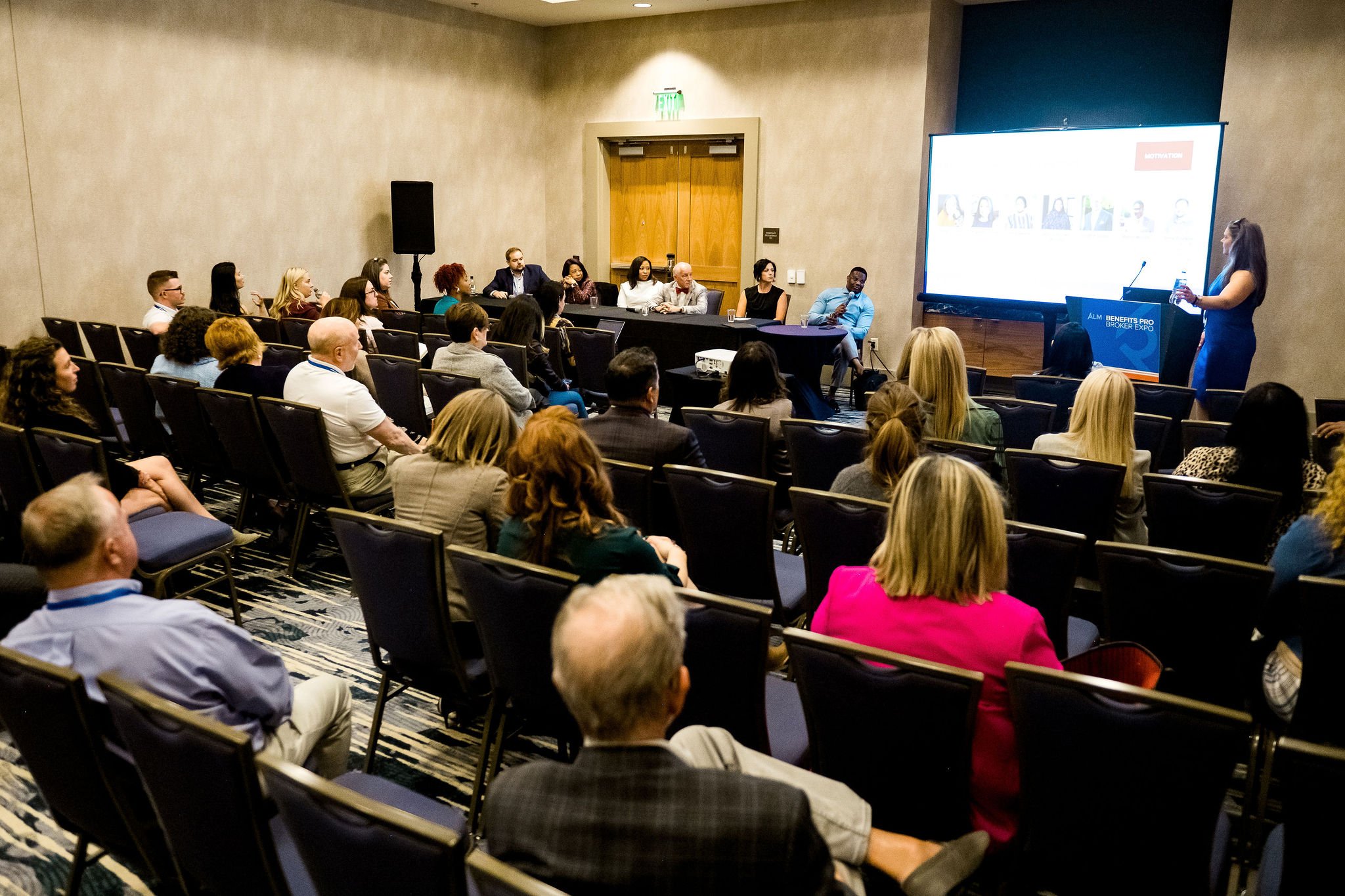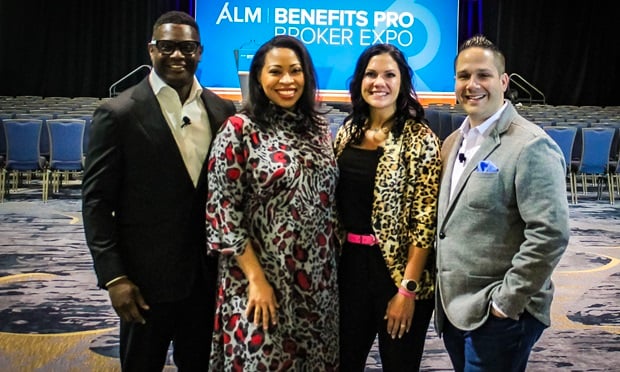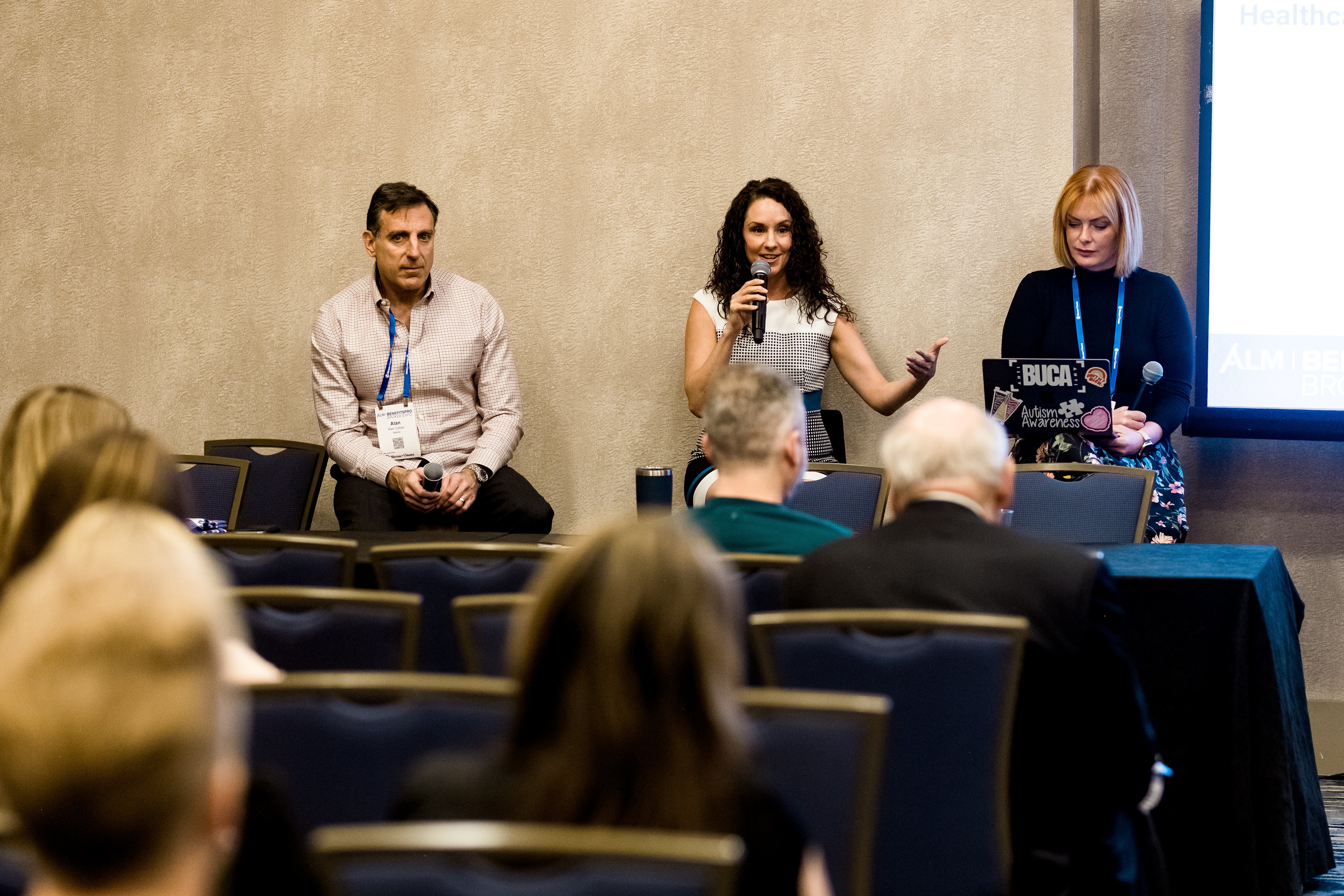 With Georgia reopening amid the coronavirus pandemic and other states, such as South Carolina and Tennessee, relaxing restrictions, there are some key issues employers should know.
With Georgia reopening amid the coronavirus pandemic and other states, such as South Carolina and Tennessee, relaxing restrictions, there are some key issues employers should know.
Since mid-March, Seyfarth Shaw labor and employment partner Brett Bartlett has been hunkered down at his metro Atlanta home "with a pound puppy, an adopted street cat, two virtually learning kids and my saint of a wife who is overseeing us all."
When Bartlett is not tending to clients, the self-described "huge Peloton fan" is managing the stressors of practice with group bike "rides" with Seyfarth colleagues and clients, reading works by science fiction author Liu Cixin or listening to the Eagles, Bob Marley or Blake Shelton.
Related: Businesses need to start planning for post-COVID-19 impact
In some ways, Bartlett says, his pre-law school life experience prepared him for the hectic, current moment. "I waited tables, bartended, and worked as a short-order cook. Each of those jobs requires multitasking in high-stress circumstances, all while providing calm and straight-forward customer service. That's exactly what we have to do as lawyers on a daily basis, and even more so in these chaotic times."
With Georgia reopening amid the coronavirus pandemic and other states, such as South Carolina and Tennessee, relaxing restrictions, Bartlett weighed in on key issues employers should know.
With Georgia's reopening and restrictions relaxing elsewhere, what are you hearing most from clients?
Resoundingly, I'm hearing from employers across the country that they urgently want to open, but they are not prepared to rush to do so. Many with which I've spoken believe that Georgia's decision to reopen is premature. Even those that are not skeptical of the fast opening seem generally to feel that their customers believe it's too soon. All of them are planning carefully. None are rushing. And I think that's the right path forward. Take time to consider competing government orders, customers' needs and concerns, and crucially the health and safety of employees, vendors, and members of the markets in which the business operates.
How should employers determine which employees to return to work, and when or how to bring them back?
 Brett Bartlett of Seyfarth Shaw.
Brett Bartlett of Seyfarth Shaw.With careful planning, it should become quickly evident that not all employees should or need to be brought back at once. Employees necessary to restart infrastructure like IT, billing, marketing or public relations (not sales, but those responsible for communicating business messaging to the market), and operational management would be among the first to bring back, assuming they did not remain on-staff as essential personnel during any closures. Employees necessary to development and implementing safety and health protocols — for employees and customers — would be super important, as well. With those "infrastructure" personnel building the foundation for a return to the new normal, a phased reintegration of customer and market-facing personnel could begin.
What are some tips you have for clients for ensuring they're complying with federal, state and local COVID-19-related laws, including new and expanded paid leave laws?
There have been so many new laws, orders, and directives issued since these unprecedented times began. Employers with national operations realized quickly that shelter-in-place and business closure orders were inconsistent from state to state. Even within a single state, directives varied considerably among city, county, and state orders, and—further—in relation to some of the new federal laws.
There are numerous resources available from law firms, trade associations, and other sources vying to interpret the laws, how they relate to each other, and what they require. There is so much information available that it presents the "drinking-from-a-fire-hydrant" dilemma. My recommendation for staying abreast of what is relevant for a particular business, including the sundry and seemingly frequently changing leave laws, is for employers to find one or two trusted advisers and to work with them on more of a bespoke basis. An employer can leverage that relationship to secure the broader resources that the advisers' teams create and to obtain targeted updates that will be most useful to the business—a targeted stream instead of a tsunami of information.
What are some of the key laws you expect to come into play regarding how employers communicate COVID-19-related issues and what they communicate?
The way to think about communications with employees is that all of the laws that might have influenced the messages delivered in the workplace are on steroids. Everyone will be sensitive to those messages. Most employees will be happy to have kept their jobs and to be returning to work. But communications that might create appearances of preferential treatment of one employee or a group over others could be more apt to bruise feelings and spark claims under Title VII and other EEO-related laws. Unions are on high alert, not only for potential violations of the National Labor Relations Act, but also for opportunities to organize employees who have felt unfairly treated. OSHA and other laws will protect "whistleblowing" employees who report about businesses' actions they believe could harm others. And many employment-related laws prohibit retaliation.
It's not hard to envision scenarios where employees raise questions about their pay or treatment that happen to coincide with layoffs, shift changes, reductions in hours, changes in job duties, and other actions that might lead employees to believe they've been treated adversely because they asked questions. Employers need to take care at every turn not to trip into these risky situations where, even when there is no violation of the law, claims (or union organizing activity) can be distracting and expensive to contend with.
What are some of the practical considerations employers should keep in mind for developing and implementing social distancing protocols?
Employers should develop social distancing protocols that are right-sized to their particular operations. Of course, it would be best to maintain at least six feet of distance among employees, customers, and others visiting business operations. That won't always be practicable. Employers should emphasize what they are doing—requiring employees to maintain distance from one another, wash their hands, wear masks, and maintain the highest levels of cleanliness possible. Employers should ask that customers, vendors, and others coming onto their premises wear masks and ensure their hands are clean, and, where possible, that they maintain social distancing. The employers should be vocal and conspicuous about the policies and practices [they have] implemented, with signs explaining it all, and depending on the nature of the business. I've seen some businesses posting their protocols online and on Instagram.
Any other thoughts?
Screening and testing programs intended to ascertain if employees have COVID-19 present numerous concerns. I think they are important programs and that employers should be considering very seriously how to use them without stumbling inadvertently into risky space. For instance, requirements that employees take their temperature before coming to work or once there could raise questions of whether time spent taking the temperature, waiting to take it, processing and reporting the results, among other things, is compensable working time under the FLSA and similar state laws.
Privacy questions abound, too. What do employers do with information collected through screening? Should they keep it? If so, where? Who can they share it with? And are there disability and leave laws implicated when employees are asked to undergo screening? What if they refuse? There are more issues than these. All of them should, I think, encourage employers to consult with subject matter experts as they decide how to screen employees returning to work initially, and each day thereafter.
Read more:
© 2025 ALM Global, LLC, All Rights Reserved. Request academic re-use from www.copyright.com. All other uses, submit a request to [email protected]. For more information visit Asset & Logo Licensing.








